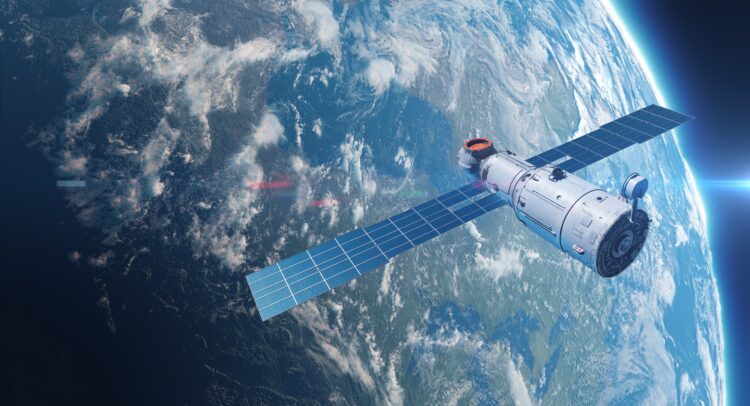
AST SpaceMobile makes more than its debut AST SpaceMobile today announced the successful deployment of its first second-generation BlueBird satellite, called FM1. This exciting milestone is another positive step towards the company’s mission of making cellular connectivity available everywhere using broadband satellites. Designed to beam cellular services directly to mobile phones on the ground, the FM1 satellite aims to revolutionize communication for users in underserved areas.
The FM1 is a great leap in size, literally, from its predecessors, the first-generation BlueBird satellites. At 5,830 kilograms (almost 13 thousand pounds) it’s over three times as massive! Specifically, this mass is an order of magnitude larger than that of a V2 Mini Optimized satellite used by Starlink. Five first-generation BlueBird satellites have been launched into orbit so far. AST hopes to eventually deploy 243 second-generation BlueBird satellites by 2028.
The FM1 is designed to operate at altitudes between 520 kilometers (323 miles) and 700 kilometers. Photo by ESA/ATG medialab It packs a communications antenna with a diameter of 19 meters. We had engineers who designed these satellites to last seven years. Once their operational time is up, they will be sent along a predetermined path that guarantees they burn up upon re-entering Earth’s atmosphere.
Future Satellite Improvements
AST SpaceMobile intends to use new advanced composite materials in the next iterations of their second-generation BlueBird satellites. This creative improvement will reduce the satellites’ mass to only 4,210 kilograms. This innovative feat is a testament to the company’s ongoing drive towards greater efficiency and performance in their satellite designs.
In March, AST filed for experimental authority with the Federal Communications Commission (FCC) to initiate tests with the prototype FM1 satellite. The business also wants to show what their technology is capable of, while collecting useful data to inform future deployments.
The serious struggles with satellite production were not lost on industry analysts, some of whom were already predicting doom-fold delays. Tim Farrar remarked on this situation, stating, “Looks like the start of a satellite redesign and extended delay.”
Author’s Opinion
While AST SpaceMobile’s launch marks a significant advancement, the challenges in satellite production and market execution are not to be underestimated. The company’s ambition to expand connectivity worldwide through this innovative technology is impressive, but it will require overcoming significant hurdles, including production delays and ongoing technical adjustments.
Featured image credit: TipRanks
For more stories like it, click the +Follow button at the top of this page to follow us.
